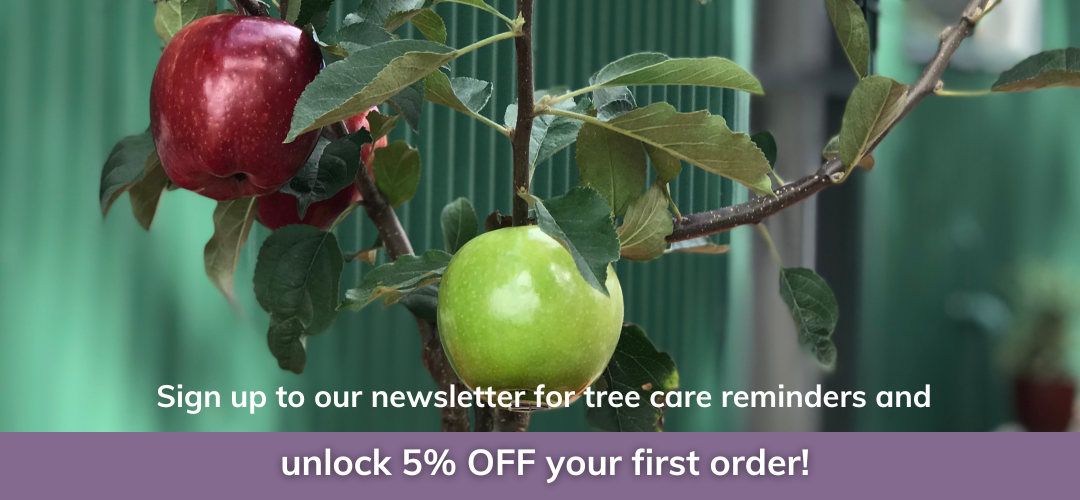




Citrus Melanose disease is caused by a fungus called Phomopsis citri. The citrus melanose fungus can infect any type of citrus tree, but grapefruit and lemon are most susceptible to it. The fungus grows on dead twigs on trees, and it then spreads to other areas of the tree and other trees by water dispersal. The risk of Melanose increases during warm, wet weather, particularly when there is both new growth and lots of old deadwood present on the tree.
Plant Parts: Fruit, leaves and twigs
Season: Spring - Autumn
Symptoms: Leaf - about one week after infection foliar symptoms appear as small brown discrete spots. These spots become impregnated with a reddish-brown gum and are raised above the leaf surface. Early pustules on leaves are surrounded by a yellow halo. However, this halo quickly disappears leaving only small corky pustules. The numerous small pustules give the leaf a rough sandpaper texture. Distortion and dieback of young shoots are associated with severe infections.
Fruit - fruit symptoms can vary depending on the age of the fruit at the time of infection. Early infections, close to petal fall, will show relatively large pustules and when in large numbers they may coalesce to form extensive areas that often crack to produce a pattern described as "mudcake melanose". Infections during later stages of fruit development produces small discrete pustules distributed by spore-laden rain or dew which flows over the fruit surface creating the "tear-stain melanose" pattern. These injuries to the fruit rind are superficial and do not effect internal fruit quality.
Control: Remove all of the infected leaf and branch work - do not dispose of any diseased cuttings in your compost. If you have caught Melanose early, then applying a copper spray at petal fall (always read the directions of anything you apply on your fruit tree), will help with control. The copper spray protects the developing fruit. If your fruit tree is heavily infected on the foliage, follow up with another spray of copper in late summer.
Preventative: Good balancing and removal of dead twigs on your fruit salad tree will help keep this fungal disease at bay as will an annual spray of copper in Spring and Autumn. Avoid overhead watering if possible, and just water the roots rather than wetting the whole tree. The risk of Melanose infecting your tree increases if your tree is older, and contains more deadwood, so keep an eye out if this describes your tree.
References: NSW Department of Primary Industries, QLD Department of Agriculture & Fisheries, Id Tools, and our FST team.
Subscribe to our Care Reminder Newsletter for growing tips, care advice and current specials!
Welcome to Fruit Salad Trees!

We will send you all the tree care advice you need to grow different fruits on one tree and keep the whole household happy!
